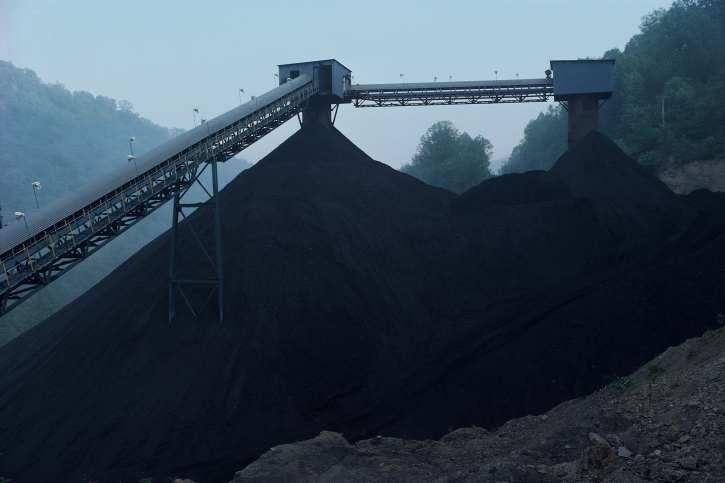Coal, once the bedrock of America’s energy supply, faces both regulatory and economic pressure increasingly making it an uneconomical electric power source, a fact bringing economic hardship to Illinois, which sits atop millions of tons of coal.
Since 2010 more than 200 U.S. coal-fired power plants have closed their doors or announced they would be closing, including two in Chicago in 2012. The industry has been rocked by turmoil as the nation’s largest coal companies have declared bankruptcy due to low natural gas prices, environmental regulations and mandates and subsidies for renewable energy.
Illinois Power Plants Under Attack
Despite its abundance, older power plants cannot use the coal from Illinois. The problem: While Illinois coal is relatively cheap to mine, it has a higher sulfur content than can be used under federal regulations. For example, the Baldwin Energy Complex, built in the 1970s, can only burn low-sulfur coal shipped from Wyoming. With shipping costs up and other fuel costs down, Baldwin wants to close two-thirds of its plant and idle 122 of its 220 workers, reports the Belleville News-Democrat.
And even though Illinois coal could in theory be used in newer power newer “clean coal plants” such as the Prairie State Energy Campus, those few plants that have actually been brought online, have proven much more expensive and with rife with breakdowns than had been expected. The Prairie State plant, despite having coal mines adjacent to it, reducing transportation costs dramatically, at $4.9 billion, its construction costs were more than double the projected cost. The plant was quickly sued by groups of its 2 million customers spread from Ohio to Missouri when its power costs were far higher than promised. Prairie State’s initial majority investor, Peabody Energy, the largest privately held coal company in the world, has filed for bankruptcy and sold its interest in the plant. The federal government has stopped funding five of the six clean coal demonstration projects it pushed. For the present, clean coal plants that can burn the high sulfur coal abundant in Illinois, do not make financial sense.
The Only Game in Town
For coal fired power plants, whether the newest, cleanest modern plants or those in operation for decades, the future is bleak under the Obama administration’s regulatory regime. Like coal fired power plants around the nation, Illinois coal plants face deadlines to install pollution control technologies to meet federal limits on emissions of mercury, other toxins and ozone. Should the federal Clean Power Plan to reduce carbon dioxide emissions survive ongoing legal challenges, Illinois and other states will also have to reduce the amount of carbon dioxide released from power plants making coal-fired power even less competitive in the energy marketplace.
There were 4,100 people employed in coal mining in Illinois at the beginning of 2015, according to the Illinois Department of Natural Resources, Phil Gonet, president of the Illinois Coal Association, told the Chicago Reader, down from 10,000 Illinois coal miners in the mid-1980s and 50,000 in the 1930s. In 2015, 732 jobs were lost last year at Illinois coal mines, and another 600 layoffs have been announced for 2016, bringing the total below 3,000, with more layoffs likely to come. If power plants can’t burn coal, or at least the coal from Illinois due to its sulfur content, then Illinois coal country can expect more layoffs even if the Clean Power Plan is thrown out by the court.
“For some of these towns in southern Illinois that have a coal mine, that’s the only game in town,” says Gonet. “Coal miners are making $80,000 a year, and there are ancillary jobs that support the coal industry. If the coal mine closes, that means much more than the 200 or 300 jobs at the mine. It has a big impact throughout the area.”
Kenneth Artz ([email protected]) writes from Dallas, Texas.





